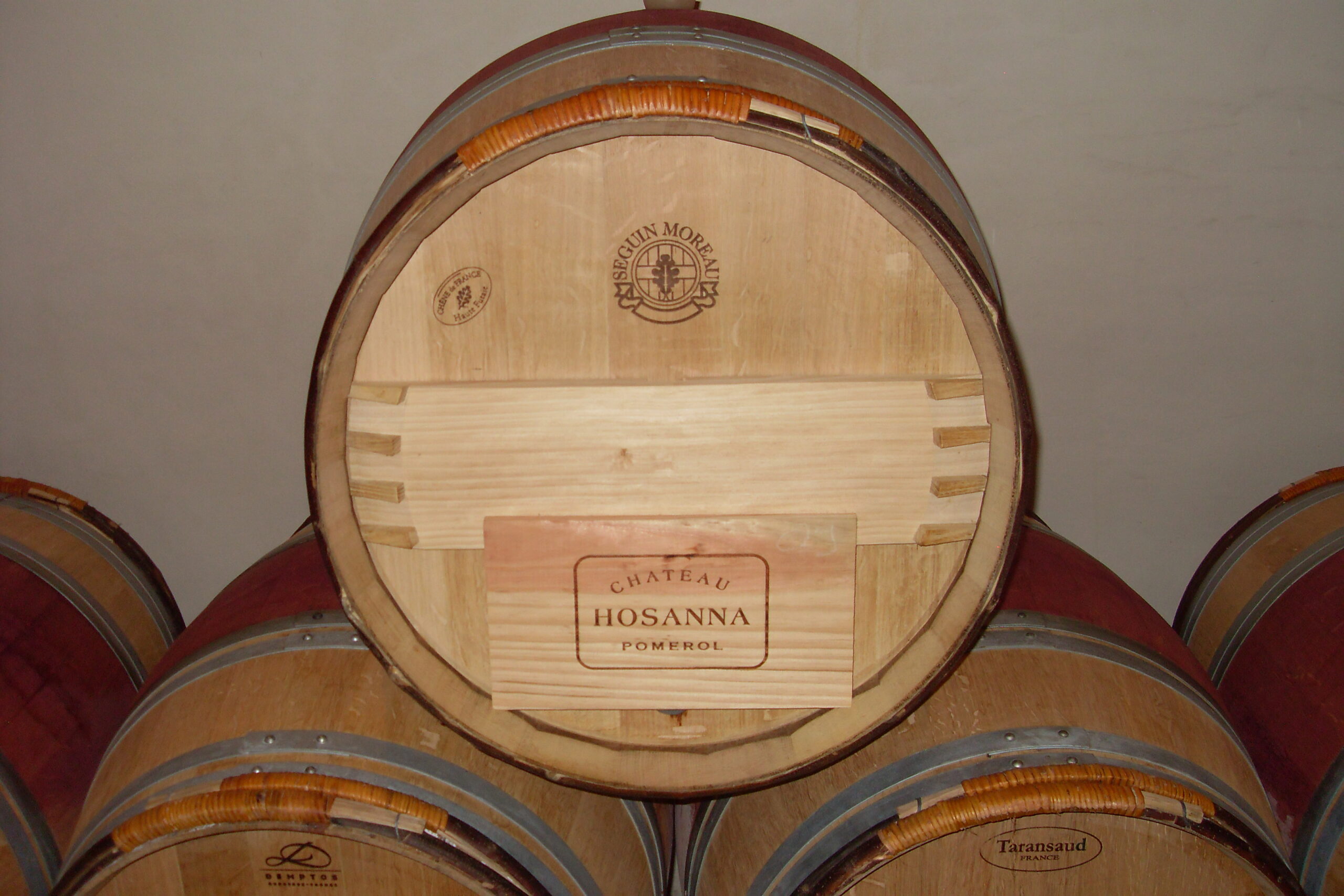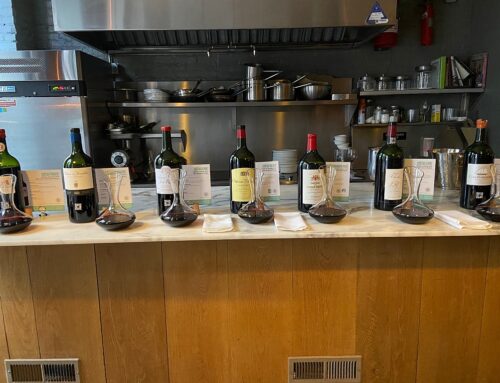Merlot, one of Bordeaux’s primary grapes for prestige wines, ripens earlier than its counterparts (cabernets sauvignon and franc, petit verdot and malbec). But now, climate change has caused it to ripen even earlier than usual. Why does that matter? As the principle grape used in Pomerol—Petrus, Le Pin, L’Evangile, Lafleur and the other wineries—such a change could affect these wines’ production and taste. It’s not impossible to think that in the future house styles will face extinction.
Climate change increases the risk that merlot will ripen in August—outside the ideal September and October window—creating fruit too low in acidity, too high in sugar and with reduced aromas. Renowned Bordeaux viticulture Professor Kees van Leeuwen predicts merlot will ripen in August by 2035-2040. And the damage will extend beyond Pomerol as merlot is planted in 66% of Bordeaux’s red wine vineyards.
Faced with their world-famous vineyards and economic powerhouse being upended by increasing temperatures and dryer growing seasons, the French Institut National de l’Origine et de la Qualite (INAO) and the Conseil Interprofessionnel du Vin de Bordeaux (CIVB, aka The Bordeaux Wine Council) began a research project in 2009 in a Pessac-Leognan (Left Bank) vineyard planted with 52 grape varieties to find the ones most adaptable to a hotter, drier Bordeaux. After 11 years, the INAO selected four red grapes and two white grapes to be planted and used in Bordeaux’s two largest appellations: Bordeaux and Bordeaux Superior.
The red grapes are:
castets, a variety originating in southwestern France, prized for its deep color, substantial tannins and alcohol.
Marselan, created in 1961 by pairing cabernet sauvignon and grenache. The new grape is a small berry with good color, fine tannins, cherry and cassis flavors. It was ignored until the early 1990s when growers changed their focus from quantity to quality and began using it in Cote de Rhone blends. It is easy to understand why Marselan’s profile appealed to the INAO and CIVB.
Arinarnoa is the 1956 offspring of cabernet sauvignon and tannat—not as noble as Marselan—but useful with its parental firm structure. It is blended in Languedoc and Provence regional wines.
The last—and what I think is the most controversial—is the Portuguese grape Touriga Nacional. This full-bodied, pungently flavored and aromatic grape is the heart of Port, as well as the robust dry red wine made there. Anyone who has tasted dry touriga nacional wine understands its power and grip. I think blending it with Bordeaux’s grapes will create a similar experienced to cabernet sauvignon mating with Tuscan sangiovese: it overwhelmed sangiovese’s appealing flavor and smothered its seductive scent.
While most wine drinkers see red when they hear Bordeaux, white grapes play an important role in Bordeaux’s prestige and economy. The sweet wines of Sauternes and Barsac are jewels in many cellars, the dry wines fill glasses with good value and collector level selections, and there is even a pleasing sparkler—Cremant de Bordeaux. All are some combination of semillon, sauvignon blanc, muscadelle, sauvignon gris, colombard, ugni blanc, merlot blanc and mauzac grapes.
The most sought-after whites are blends of semillon and sauvignon blanc. The Achilles heel of climate change for these great wines is sauvignon blanc. Like merlot, sauvignon blanc is the majority grape in its color, and van Leeuwen predicts will suffer the same fate of low acidity, high sugar and reduced aromas, requiring it to be replaced by 2040 also.
The two white varieties selected by the INAO and CIVB as possible replacements for sauvignon blanc are Liliorila and Alvarinho, the latter of which thrives in Portugal and Spain, where it is named albarino. Bordeaux authorities like the bone-dry high acidity and pronounced aromas of the Spanish and Portuguese clones (think sauvignon blanc’s profile). But I find it curious they selected a grape that is known for its ability to thrive in cool, maritime Atlantic Ocean weather when the change in Bordeaux’s climate is warmer and dryer.
Like arinarnoa, Liliorila was created in 1956; its parents were chardonnay and baroque, the latter a full bodied, crisp white wine with pear and hazelnut flavors grown in southwestern France.
The six grapes have a 10-year trial run. Their performance and future in Bordeaux vineyards and wines will be decided in 2030. Between now and then, the new varieties are limited to 5% of a chateau’s vineyard and cannot be more than 10% of the final blend. French wine regulations prohibit listing grapes on wine labels that comprise less than 15% of the blend. So you will not know which, or any, of these grapes is in your Bordeaux or Bordeaux Superior wine.
Blending syrah would seem to be a natural choice for Bordeaux: In the 18th and 19th centuries often it was shipped from the Rhone valley to Bordeaux chateaux to boost the blend in weak vintages. Chateau Palmer honors this tradition with its Historical XIX Century Blend, which is 85% Bordeaux grapes and 15% Rhone Valley syrah. But the INAO ruled out the use of any grape that was “emblematic” of another wine region—sort of like the INAO’s version of a non-competition clause.
Along with the forecasted demise of merlot and sauvignon blanc by 2040, another causality looms in 2050 according to Professor van Leeuwen: it will be too hot for cabernet sauvignon.
On the Left Bank, the great chateaux making up the immortal 1855 Bordeaux Classification are built on cabernet sauvignon. Ignoring all criticism of the outdated rankings, and petitions by chateau owners for revision—save Chateau Mouton-Rothschild’s 1973 elevation to First Growth—the INAO will see this antiquated tablet made a historical relic by Nature.
The INAO has classified the six grapes “new varieties of interest for adapting to climate change.” It’s reassuring to see the French wine authorities, viticulturists and grape growers have their hands in the soil planting new grapes as opposed to climate change deniers who, like the ostrich, keep their heads in the sand.
Photos by John Foy








Leave A Comment